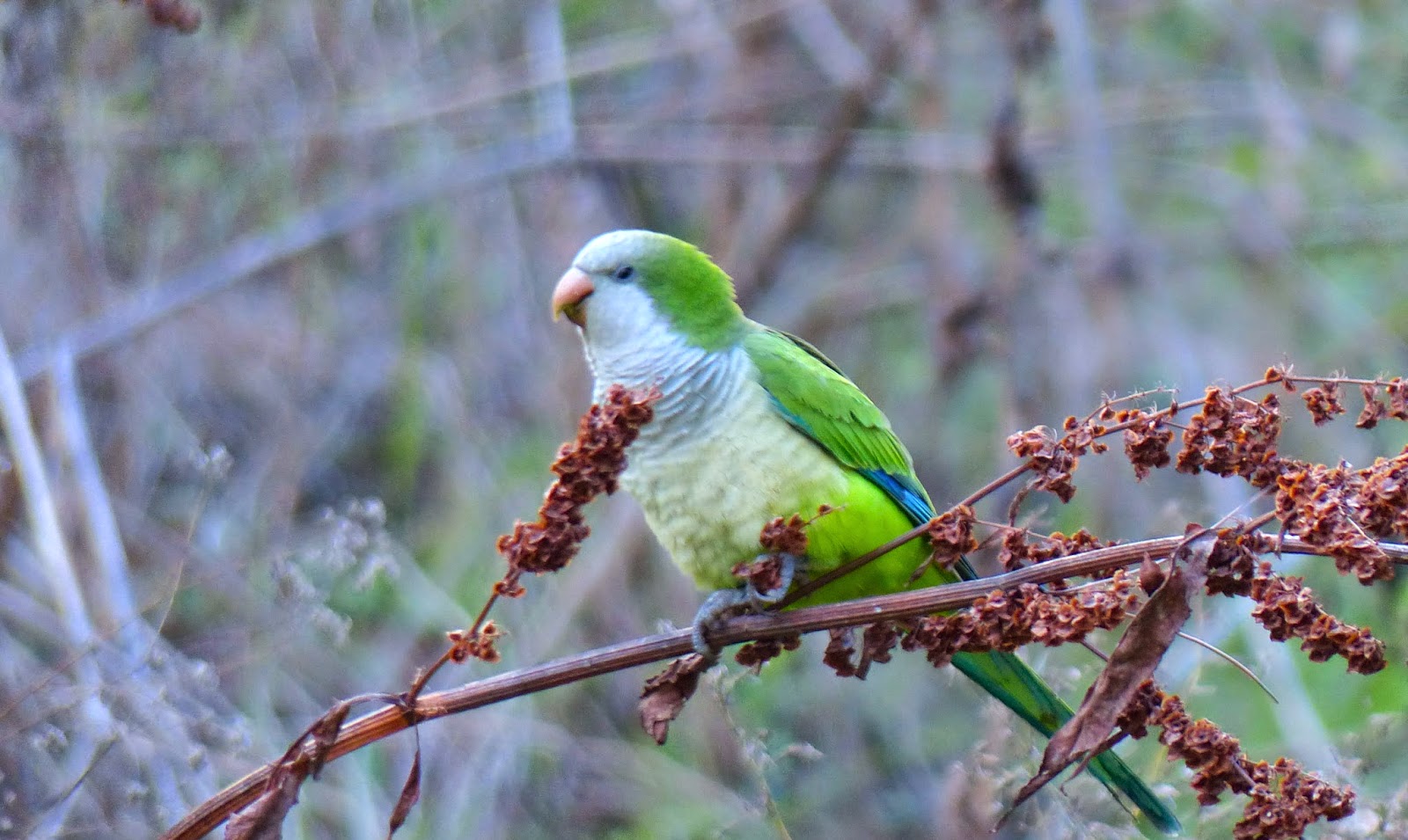Portugal is one of my favourite birding destinations and for European urban birding, Lisbon takes some beating. Over the four days of my Lisbon Tourism sponsored trip I spent the time birding the delights of the expansive Tagus Estuary and the wonderful Alentejo Region which spans the landscape between Lisbon to the north and the Algarve to the south.
Views around the Tagus
My guide was my old friend Joao Jara and I was also in the company of nature writer and dragoneer (dragonfly enthusiast) David Chandler. As well as exploring the Tagus we also spend a brief day taking a look at the varied habitats in the Alentejo from the gently cork oak wooded hills to the expensive steppes of Castro Verde.
Black-winged Kite
Little Owl
Despite the lack of sunshine and occasional spot of rain we saw a load of good birds including a very obliging female Merlin in the Tagus.
A male Hen Harrier against the backdrop of suburban Lisbon
Redshank
By far my favourite area for birding was the Tagus. Despite its close proximity to the city it was absolutely stuffed with birds and is a very important wintering/refueling area. In excess of 5,000 flamingos and 7,000 Teal share this food rich habitat with many thousands of waders and other waterbirds.
This is truly a fantastic urban birding venue.
Lisbon & the Alentejo Region 11-14 December 2014
Dabchick
Cormorant
Cattle Egret
Little Egret
Great Egret
Grey Heron
White Stork – Seems that quite a few overwintered. Some already standing on their nests.
Glossy Ibis – c2,000 on the Tagus.
Spoonbill
Greater Flamingo – c1,500 on the Tagus.
Greylag
Shelduck
Mallard
Gadwall
Shoveler
Teal - At least 7,000 in theTagus.
Garganey – 4 separate birds found (2 males
& 2 females) amongst 5,000 Teal in the Tagus.
Osprey – a couple seen carrying fish in the
Tagus.
Iberian Imperial Eagle – c5 seen in Castro
Verde.
Booted Eagle – 1 briefly in the Alentejo.
Bonelli’s Eagle – 1 1st calendar
year bird watched in the open sitting in a tree in the Tagus.
Red Kite
Marsh Harrier
Hen Harrier
Buzzard
Black-winged Kite
Kestrel
Peregrine
Merlin - A couple seen.
Red-legged Partridge
Coot
Purple Swamphen - A couple seen in the Tagus.
Common Crane
Great Bustard
Little Bustard
Avocet
Black-winged Stilt
Ringed Plover
Kentish Plover
Grey Plover
Golden Plover
Lapwing
Knot
Sanderling
Turnstone
Dunlin
Little Stint
Green Sandpiper
Common Sandpiper
Redshank
Spotted Redshank
Greenshank
Black-tailed Godwit
Bar-tailed Godwit
Curlew
Whimbrel
Snipe
Black-headed Gull
Mediterranean Gull
Yellow-legged Gull
Great Black-back
Lesser Black-back
Black-bellied Sandgrouse - c50 all told.
Feral Pigeon
Wood Pigeon
Collared Dove
Short-eared Owl - 9 together in the Tagus.
Little Owl
Hoopoe
Kingfisher
Great Spotted Woodpecker (heard)
Skylark
Crested Lark
Thekla Lark - a coupled noted near Mertola, Alentejo.
Calandra Lark
Crag Martin
Meadow Pipit
White Wagtail
Robin
Bluethroat
Black Redstart
Stonechat
Song Thrush
Blackbird
Blackcap
Sardinian Warbler
Zitting Cisticola
Cetti’s Warbler (heard)
Chiffchaff
Great Tit
Coal Tit
Blue Tit
Iberian Grey Shrike
Azure-winged Magpie
Magpie
Jay
Jackdaw - only 1 noticed in the Alentajo.
Carrion Crow
Raven
Common Starling
Spotless Starling
House Sparrow
Tree Sparrow
Chaffinch
Linnet
Goldfinch
Greenfinch
Serin
Reed Bunting
Corn Bunting
110 species




















































